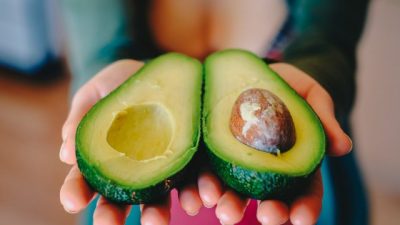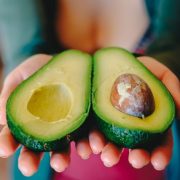Have you ever wondered how fit you are? If you haven’t done any exercise for a while the assumption is that you’re not very fit. However, you’d be surprised by how much your body remembers – and just how quickly your body will begin to improve and adapt when re-introduced to regular fitness.
In this article, we’re going to look at the 12 key components of physical fitness and how you can test your own fitness. This will give you a rough idea as to where to start and how to begin improving your overall physical fitness.
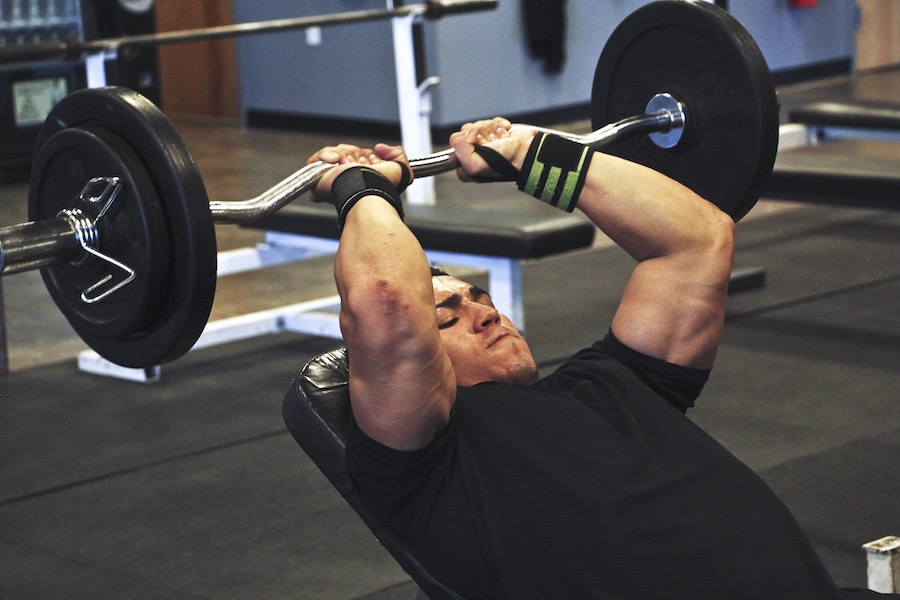
What are the 12 components of physical fitness?
So, what are the 12 components of physical fitness? We’re going to list them all with a breakdown of each to give you a better understanding of what’s involved:
- 1 – Body Composition: Body composition is the term used by doctors and health & fitness professionals to evaluate the overall percentage of fat, bone, and muscle in your body (BMI). This can be used to determine how healthy you are as an individual. Naturally, those with an excessively high composition of fat tend to be less healthy. As an example, an average and acceptable fat % for men is about 18-24%. This varies depending on your height and should be dropped to 14-17% when pursuing personal fitness.
- 2 – Flexibility: Flexibility refers to your joints and their abilities to move through an unrestricted and pain-free series of movements. The range of motion that you have is influenced by the soft tissues surrounding the joints, including ligaments, tendons, muscles, and the skin. There are various stretches and exercises that you can do that help increase your overall flexibility and range of motion.
- 3 – Cardiovascular Endurance: Cardiovascular endurance is the overall measure of how effectively you can carry out exercises that involve the whole body at high intensity for extended periods of time. CrossFit is a decent means of improving your cardiovascular endurance, as it running and swimming – all of which make daily tasks significantly less strenuous as well.
- 4 – Muscular Endurance: Your muscular endurance is the ability of a certain muscle to exert force with consistency and repetition over a given period of time. Long-distance running is a good example of muscle endurance as your leg muscles repeat the same stretches and movements over and over again.
- 5 – Muscular Strength: Muscular strength is the amount of force that a given muscle can produce in a single effort. Deadlifting is a great example of athletes proving their individual muscle strength by lifting one large weight in a single rep.
- 6 – Speed: Speed refers to the body’s ability to move all or parts of the body as quickly as possible. When sprinting, an athlete is moving their arms and their legs at a great speed in order to propel their bodies forward as fast as possible.
- 7 – Power: Power ties in quite closely with muscular strength, but refers to the ability to exert maximum muscular contraction instantly in an explosive burst of movements. One example of this is the high-jump – an athlete will sprint in the direction of the target and in one movement, launch their body from the ground in a single, powerful jump.
- 8 – Reaction Time: Reaction time in fitness refers to the speed at which an individual can respond to external stimuli. In football, the athlete with the faster reaction time can out-maneuver a defender trying to take the ball from them – in the 100m sprint, the athlete that can get off the mark the fastest will have the greatest advantage in the race, and so on.
- 9 – Agility: Agility in fitness is defined as a skill-related component of physical fitness that refers to an individual’s ability to alter the position of their entire body in space with great speed and accuracy. A gymnast who can master a wide range of flips and springs is incredibly agile and have great control over the body’s positioning.
- 10 – Coordination: Coordination refers to the organisation of the various elements of a complex activity so as to enable the body to work in sync effectively. Synchronised swimming, dance, and martial arts are great examples of physical activities that promote and require excellent coordination.
- 11 – Static Balance: Static balance is an individual’s ability to hold their body in a fixed position – this includes core strength and coordination, such as holding various yoga poses.
- 12 – Dynamic Balance: Similar to static balance, dynamic balance is an individual’s ability to maintain shape and posture as they move their body from one static posture or position to another. Moving through various poses in yoga requires both excellent static and dynamic balance.
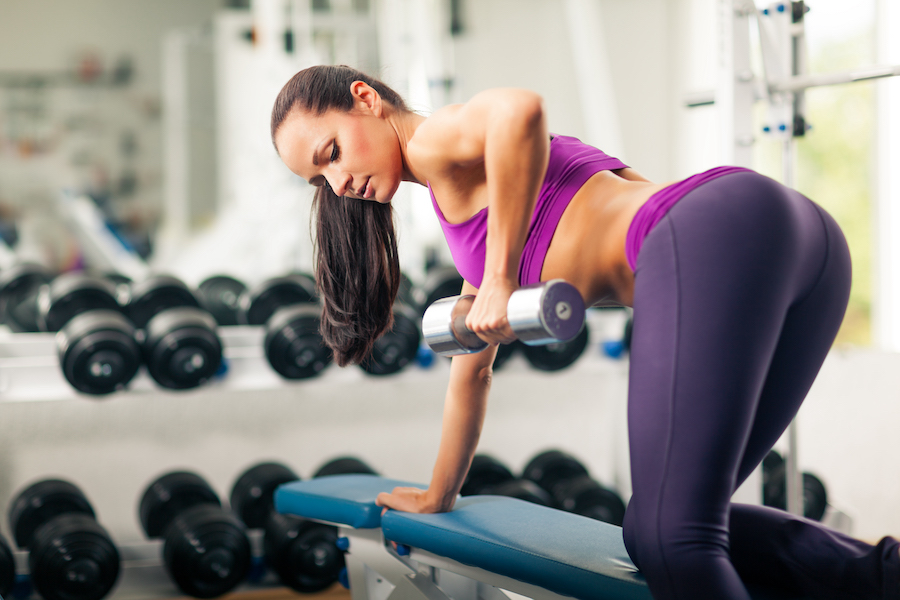
How do I know if I am fit?
So, how do you know if you are fit? In general, a fitness assessment focuses on four key areas:
- Aerobic fitness
- Muscular strength
- Muscular endurance
- Body composition
It’s easy to tell whether you are fit or not. If you run up the stairs and find yourself out of breath, then there’s a good chance that you aren’t in the best of physical condition at the moment. However, there are more effective ways of testing your fitness, as follows.
How can I test my fitness?
In order to test your overall fitness, the most effective way is to simply start! If you want to try CrossFit for group fitness classes, for example, you will be required to take part in a sort of fitness induction test. That way, both you and your CrossFit instructors will be able to gauge your current fitness level and come up with a routine that will help you start improving your overall fitness level without pushing your body too hard in the beginning.
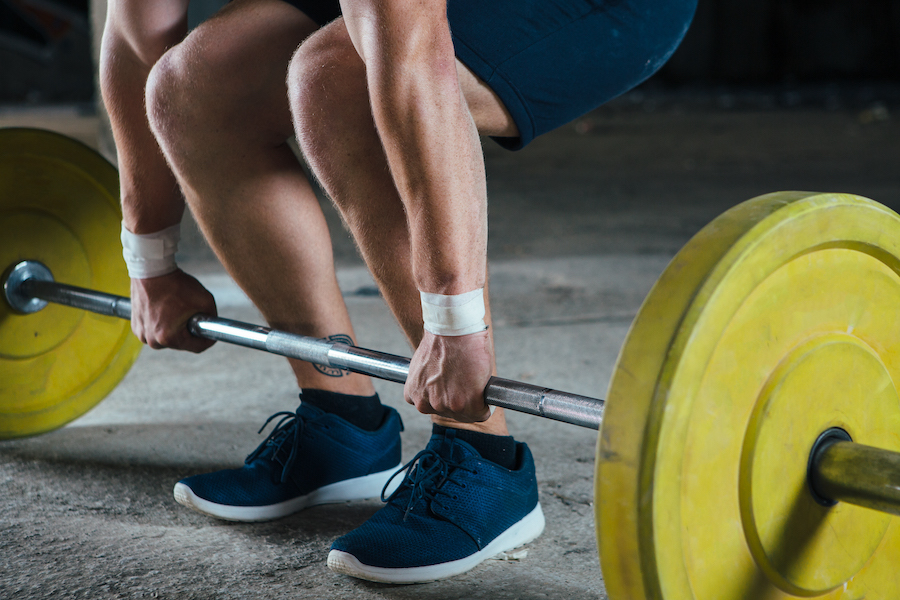
Conclusion
And there we have it. We hope that you have found this article insightful and that you now have a better understanding of the 12 components of physical fitness.
If you would like to not only test your current state of fitness but start improving on it, then we recommend trying out CrossFit. Of course, the important question then is: How much does CrossFit cost in Australia? On average, you might be looking at somewhere in the region of $3,000 a year. This might seem like a lot on paper, but when you see how much your life improves over the course of 12 months, with regular exercise, you’ll soon realise that it was worth every single penny!













